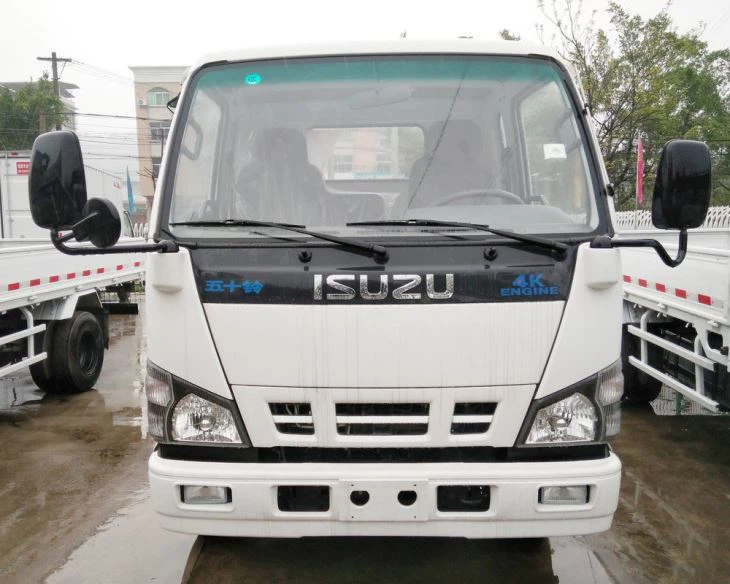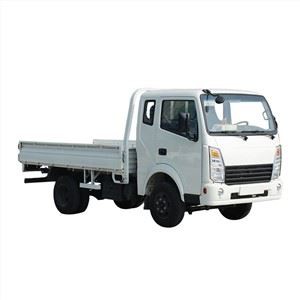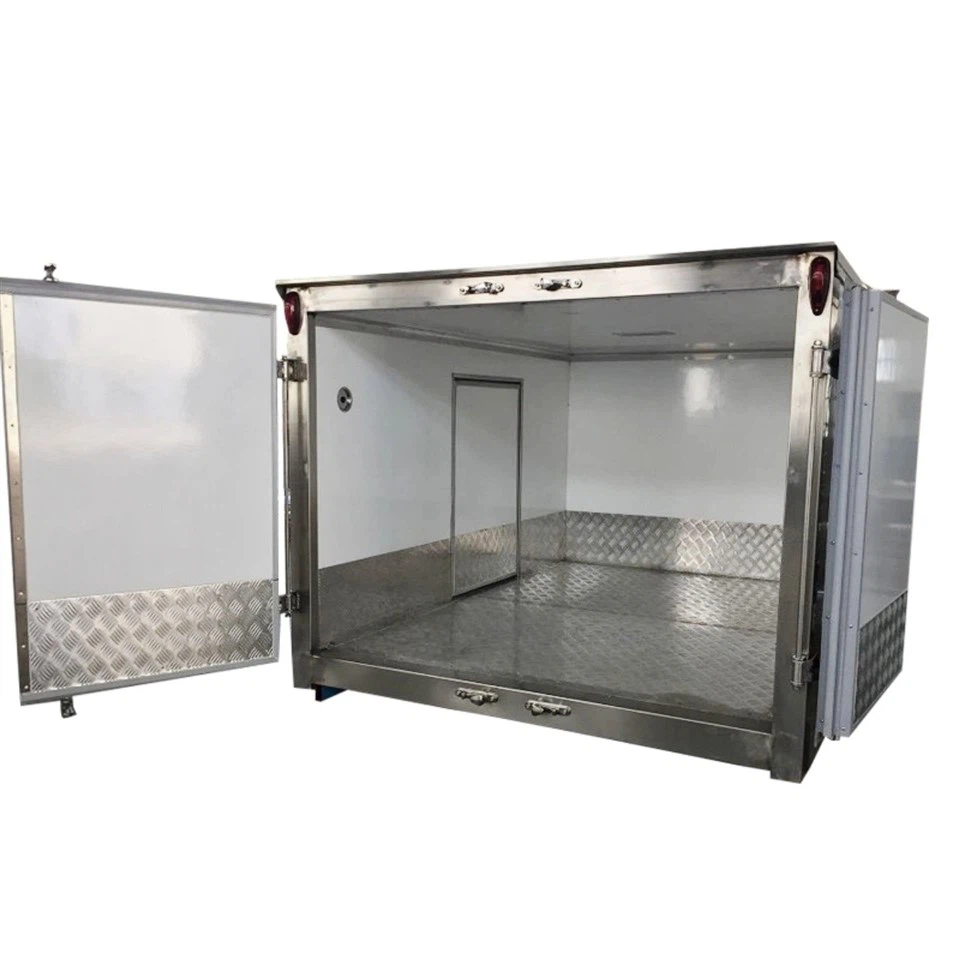Discovering the Versatility of Small Electric Utility Trucks

Small electric utility trucks are revolutionizing how businesses and municipalities operate. With the growing emphasis on sustainability and efficiency, these trucks offer a cleaner alternative for various tasks, from maintenance to logistics. In this article, we will explore the benefits, features, applications, and future of small electric utility trucks.
What is a Small Electric Utility Truck?
A small electric utility truck is a compact vehicle designed to perform utility tasks while being powered by electricity. These trucks are ideal for urban environments where space is limited and emissions regulations are strict. They typically have a payload capacity to carry tools, equipment, and even small cargo, making them suitable for a variety of services, including maintenance, landscaping, and deliveries.
Key Characteristics of Small Electric Utility Trucks
- Electric-Powered: Reduces carbon footprint and operational costs.
- Compact Size: Maneuvers easily in tight spaces.
- Versatile Designs: Available in various configurations, from flatbeds to enclosed cargo.
- Durability: Built to withstand rigorous work conditions.
Benefits of Small Electric Utility Trucks
Environmental Impact
The shift to electric vehicles is crucial in reducing greenhouse gas emissions. Small electric utility trucks produce zero tailpipe emissions, promoting cleaner air in urban areas. This is particularly important as cities grapple with pollution and air quality issues.
Cost Efficiency
While the upfront costs can be higher than traditional trucks, the long-term savings in fuel and maintenance often offset this initial investment. Electric motors have fewer moving parts than internal combustion engines, which translates to lower maintenance costs. Here’s a quick look at potential savings:
| Cost Factor | Gas Truck | Electric Truck |
|---|---|---|
| Fuel Cost (per year) | $3,000 | $600 |
| Maintenance Cost (per year) | $1,200 | $600 |
| Total Operating Cost (per year) | $4,200 | $1,200 |
Enhanced Performance
Electric utility trucks offer instant torque, resulting in quicker acceleration and better handling. This performance is essential for tasks that require agility and speed, such as urban deliveries or emergency services.
Government Incentives and Support
Many governments provide incentives to encourage the adoption of electric vehicles. These can include tax credits, rebates, and grants specifically for electric utility trucks. Understanding these incentives can significantly lower the effective purchase price.
Applications of Small Electric Utility Trucks

Municipal Services
Municipalities utilize small electric utility trucks for various services, including waste collection, street maintenance, and park upkeep. Their compact size allows them to navigate busy urban streets while being efficient in fuel usage.
Landscaping and Grounds Maintenance
Landscapers increasingly opt for electric utility trucks to transport tools and materials to job sites. These trucks can easily carry landscaping equipment, mulch, and plants, making them invaluable in maintaining public parks and private gardens.
Warehouse and Logistics
In warehouse settings, small electric utility trucks can be used to move goods from one location to another. Their ability to operate indoors without exhaust emissions makes them suitable for enclosed spaces.
Emergency Services
Small electric utility trucks are becoming popular among emergency services for rapid response situations. They can be equipped with medical supplies, tools, and equipment needed for immediate on-site assistance.
Popular Models of Small Electric Utility Trucks
1. Club Car Carryall 500
The Club Car Carryall 500 is a popular choice for both commercial and municipal sectors. With a payload capacity of 1,000 pounds and a top speed of 25 mph, it is efficient for light-duty tasks.

2. GEM eL XD
The GEM eL XD truck features a high payload capacity of up to 1,400 pounds and is designed for rougher terrain. The customizable build makes it suitable for various applications.
3. Workhorse W750
The Workhorse W750 is ideal for urban deliveries with a range of customizable cargo beds. It boasts a significant driving range on a single charge, making it practical for daily operations.
Choosing the Right Small Electric Utility Truck
Assess Your Needs
Before purchasing a small electric utility truck, assess your specific requirements. Consider the types of loads you will be carrying, the distance of your routes, and the operational terrain.
Evaluate Features
Look for trucks with features that align with your needs, such as payload capacity, driving range, and charging options. Additionally, consider the warranty and support offered by the manufacturer.
Test Drive
If possible, test drive various models to get a feel for their handling, comfort, and usability. This hands-on experience can help you make a more informed decision.
Charging and Maintenance Considerations
Charging Options
Electric utility trucks typically come with several charging options. Understanding these can help you minimize downtime.
- Level 1 Charging: Standard home outlets (120V) – slow charging.
- Level 2 Charging: 240V charging stations – faster charging, ideal for fleets.
- DC Fast Charging: Suitable for rapid charging on the go, but requires specialized stations.
Regular Maintenance
Though electric trucks require less maintenance than gas-powered vehicles, regular checks are still necessary. Key areas to focus on include:
- Battery performance and health.
- Tire condition and pressure.
- Brake system functionality.
- Electrical system diagnostics.
The Future of Small Electric Utility Trucks
Technological Advancements
As technology evolves, expect to see improvements in battery efficiency, vehicle range, and overall performance of small electric utility trucks. Enhanced automation and AI capabilities are also making their way into the industry.
Increased Market Adoption
With growing environmental concerns and government regulations, small electric utility trucks are becoming more common in various sectors. Adoption by businesses looking to improve sustainability and reduce operational costs is expected to grow.

FAQs
1. What is the average cost of a small electric utility truck?
The cost of small electric utility trucks typically ranges from $20,000 to $50,000, depending on the model and features.
2. How long does it take to charge a small electric utility truck?
Charging times vary based on the charging method. Level 1 can take up to 12 hours, while Level 2 can charge a truck in 4 to 8 hours, and DC fast charging can take as little as 30 minutes.
3. What is the maintenance like for electric utility trucks?
Maintenance for electric trucks is generally lower than for gas-powered trucks due to fewer moving parts. Regular checks on the battery and tires, as well as brake inspections, are crucial.
4. Are there government incentives for buying electric utility trucks?
Yes, many governments offer tax credits, rebates, and grants to encourage the purchase of electric vehicles, including utility trucks. Check local regulations for available incentives.
5. Can small electric utility trucks be used off-road?
Certain models are designed for off-road use. It’s essential to check the specifications and capabilities of each truck to ensure it meets your off-road needs.
6. How do I maintain the battery in an electric utility truck?
To maintain the battery, ensure proper charging practices, avoid letting the charge drop too low, and store the vehicle in a moderate temperature to prolong battery life.
